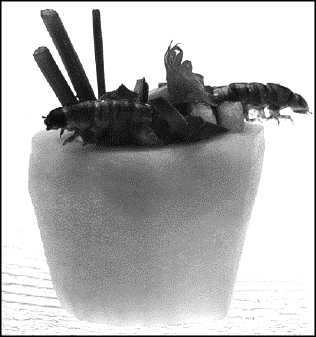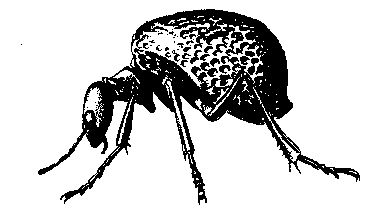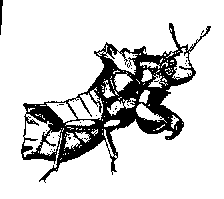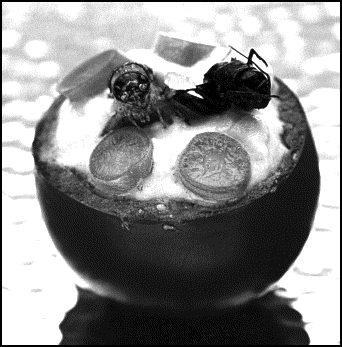Dr. Jane Wilson-Howarth
(Cadogan Guides)

Dr. Wilson- I also figured that the good doctor was going to scare me away from ever bathing in the fresh-water rivers of South America because I had heard tell of a noxious fish that crept into a certain orifice which I will not name at this moment but let us just say it is an orifice of which I am very fond and even more protective. She finishes off that one as well: If you urinate in South American rivers, there is a fish, it is said, that follows the stream to its source, swims inside, sticks out barbed fins and stays put. It can then only be removed surgically, perhaps by penile amputation. The tiny candiru (also called the Canero fish) is 40 - 60 mm long (1 - 2 inches) and only 4 - 6 mm broad. It is known to embed itself inside the gills of other fish; the tale of it parasitizing man seems to be a myth. Large members of the Serrasalmus genus may possibly threaten someone who has been injured or otherwise weakened; this is only likely if the piranhas' natural food is scarce, if they have been provoked by waste being dumped in their river, or if they are trapped in a receding pool just before the rains. The wonder (and the pleasure) of Bugs, Bites and Bowels is not only the devaluating all those fears that we've always had of what will happen to us when we are far from home, but, even more unexpectedly, telling us that so many of the healthcare instructions we have been given over the years are actually harmful. The life of an expatriate appears romantic and attractive. The reality is that many work six- and sometimes seven-day weeks, because they are under huge pressure to achieve and are often away from their families. Pressure of work rarely leaves time to learn a local language, and this restricts the social circle to other expatriates and a select number of highly educated locals. The community is small, introverted, and often obsessed by trivia. Life can seem terribly isolated... Pressures at work and distance from familiar supports create tensions, and many expatriates unwind with a drink. Alcoholism is a common problem. Workaholism is too... There is everything to gain and nothing to lose by taking this one along with you when you go. Already I have vowed to never eat the freshwater shrimp I favor in the village I visit every winter. I keep imagining that "nasty little worm that can set up home in the brain or eyes." Or maybe it's the vision --- what a vision! --- of one of those tiny worms slithering across my eyeball.Dogs kill hundreds of people, while healthy wolves have never killed anyone. There have been reports of deaths or severe injuries after attacks by camels, cattle, water buffalo, elephants, pigs, cats, and even sheep and ferrets... [They] also act as disease reservoirs; parrots with runny noses harbor pneumonia-
 Not only does she shoot down this most painful of shaggy-dog stories, she goes on to poo-poo the danger of the piranhas, a fantasy invented by, of all people, Theodore Roosevelt:
Not only does she shoot down this most painful of shaggy-dog stories, she goes on to poo-poo the danger of the piranhas, a fantasy invented by, of all people, Theodore Roosevelt:
This is a fine guide for traveling overseas --- and a most valuable chapter has to do with psychological problems that can overtake the expatriate:
